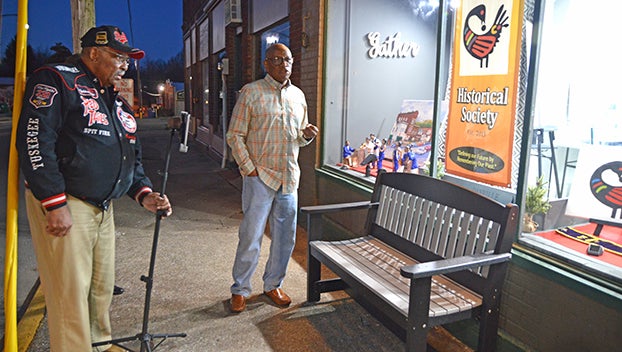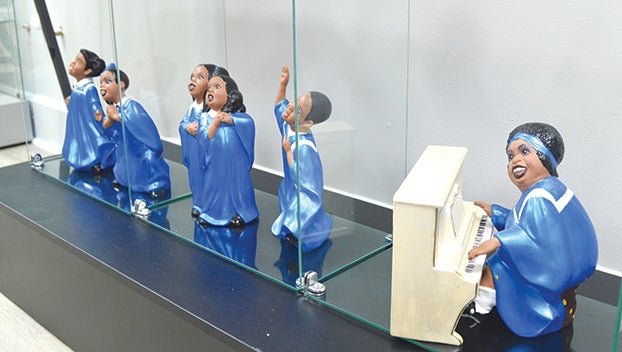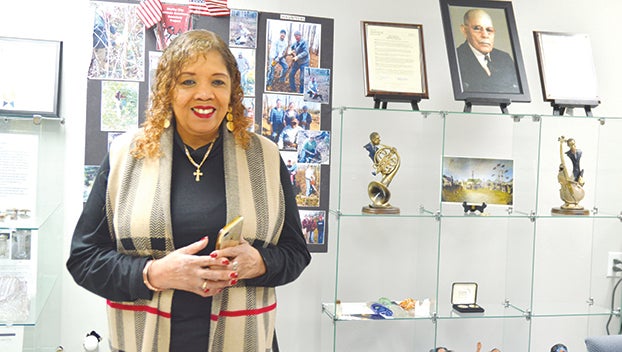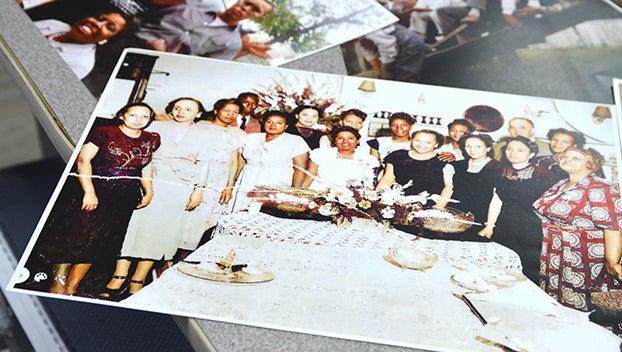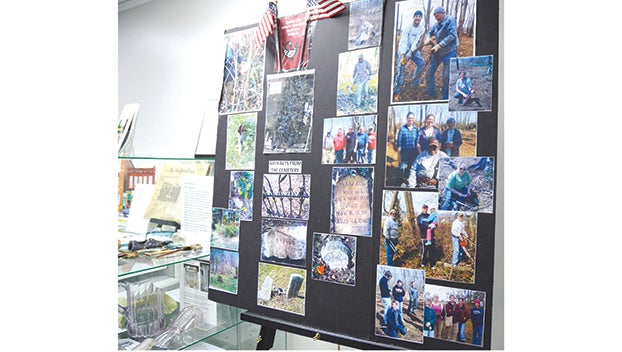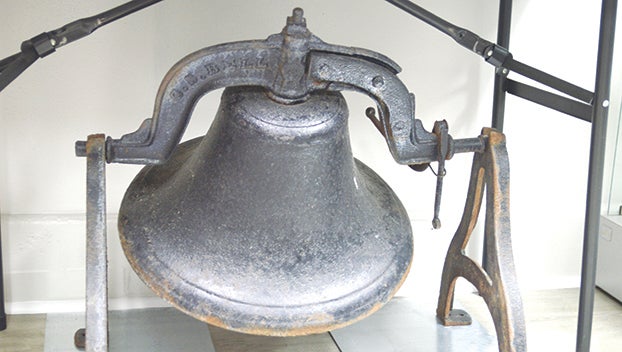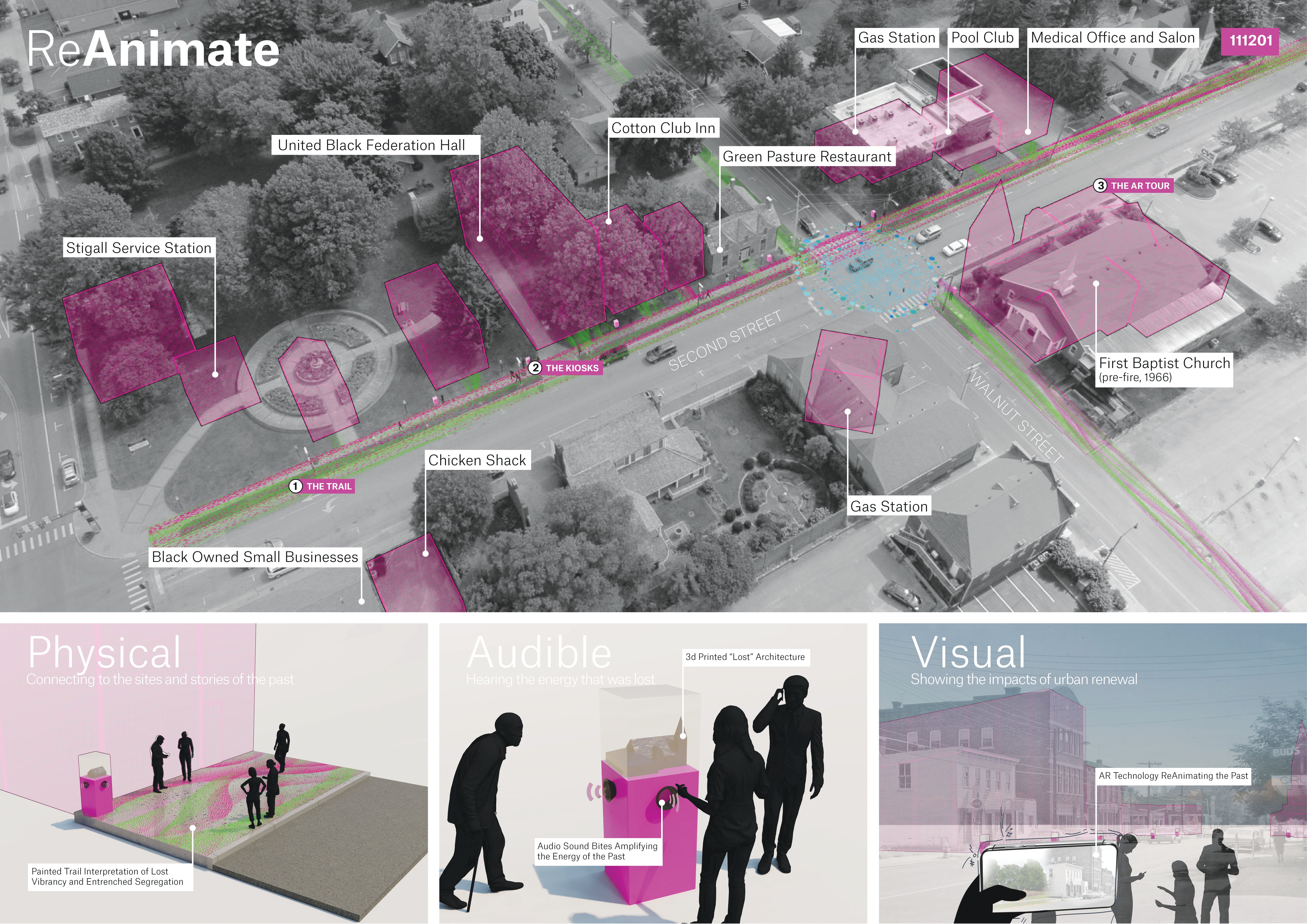African American historical society, ReAnimate project seek to display Black history before urban renewal
Published 4:40 pm Wednesday, March 10, 2021
The Danville-Boyle County African American Historical Society held a virtual tour of its history center for the first time on the evening of March 4 over Facebook live and Zoom. The center is stationed at 108 N. Second St. Now that it’s ready for public viewing virtually, president of the society Michael Hughes said he hopes to soon open the center up for appointments, letting four or five people in at a time to view the hundreds of photographs he has colorized and the artifacts, books and documents people have donated to the center over the past several months.
“The main thing that we want people to know is that we are satisfied and pleased with where we’re at, but we’re not stopping here,” Hughes said. “We want to grow. The one thing that I want to see happen is that the historical society will eventually own someplace. That’s the main goal is to have our own place that is owned by the African American community, not just the African American historical society.”
The photographs at the center largely feature moments from the historic African American business district, which was located on and around Second Street and was central to the Black community of Danville and Boyle County prior to both integration and before the ‘70s, when urban renewal came into the area and turned it into Constitution Square park, stripping the businesses and vibrancy from the area that the Black community had built.
ReAnimate, an aspect of Danville’s downtown master plan, is similarly focused on storytelling about Black history in the community. This project began through a collaboration between Gresham Smith designers, which has Kentucky offices in Louisville and Lexington, and North Carolina Agricultural and Technical State University’s landscape and architecture program, said Louis Johnson, an urban designer with Gresham Smith.
ReAnimate implements physical, audible and visual components to give history a hands-on, interactive feel. Johnson said Gresham Smith was connected to Hughes and DBCAAHS through the downtown master plan.
“What began as a conversation focused on the master plan turned into conversations about how to make downtown Danville a more inclusive space,” Johnson said in an email. “One of DBCAAHS’s main goals was awareness of African American history in Danville, and tell the stories of the people and places that were central to the Black experience pre-urban renewal. Mr. Hughes has done so much work and is making major progress with their new storefront, but there are many opportunities within the community to tell these stories, acknowledge the negative impacts urban renewal had and celebrate the people and places that were at that time so vital to the Black experience in Danville.”
A challenge both the DBCAAHS and the organizations behind ReAnimate face is telling stories about an area that was once so vibrant but now is not present in Constitution Square, Johnson said. So Gresham Smith and NC A&T had to think past physical design like signage, which Johnson said can be cost-prohibitive and “requires significant coordination to implement,” and think of low-cost, but “high impact ideas” to help the Black community and more specifically DBCAAHS tell their stories.
“Our concept was driven by something that could be done now, which is to develop a web application that anyone could use on their cell phone and when in use, and holding it up pointing it at Constitution Square for instance, the user would be able to see the buildings as they once were,” Johnson said in his email. “This could be done with 3-D modeling techniques and by putting all of the photographic research Mr. Hughes has done to work.”
Johnson said some other elements that could be part of ReAnimate may include installations like kiosks, which could have 3-D printed models of former buildings, and incorporating sound, like music or “crowd noise that might have been spilling out from the shops and businesses to give a sense of what it was like before urban renewal removed the Black owned buildings and businesses.”
Paint could also come into the mix, to identify stops and locations along the African American historical tour, he said.
For now, since ReAnimate hasn’t yet come to fruition, the DBCAAHS historical center is a downtown hub for the community’s Black history. It features art, information and items revolving around Black businesses, as well as displays of artifacts and information about the county’s Black cemeteries, many of which were cleaned up by crews who found stones and artifacts while they cleared them of debris from storms and made sure the cemeteries weren’t overgrown with grass and weeds. The center also features a display with pieces featuring Bate School, including a piece of furniture salvaged before it was torn down after integration, an old letter jacket from a 1960 graduate and other materials. And there are hundreds of photos, laid out on tables and posters.
“So many people have donated time and efforts,” Hughes said.
Hughes said there are a few things he wants people to know:
• In the future, he wants the historical society to have a space it owns
• He wants the community to address the lack of Black-owned businesses in the county, and he stressed the importance of ownership of spaces
• He wants the center to have better audio systems, a TV up on the wall and a better security system
To donate to the DBCAAHS and view its website for more information, including a database of historical information and photos, click here.


